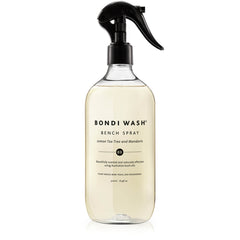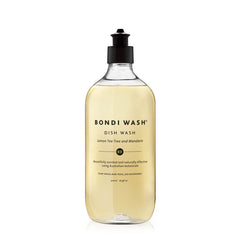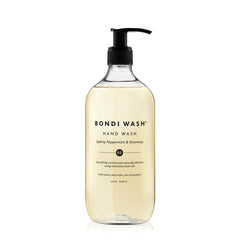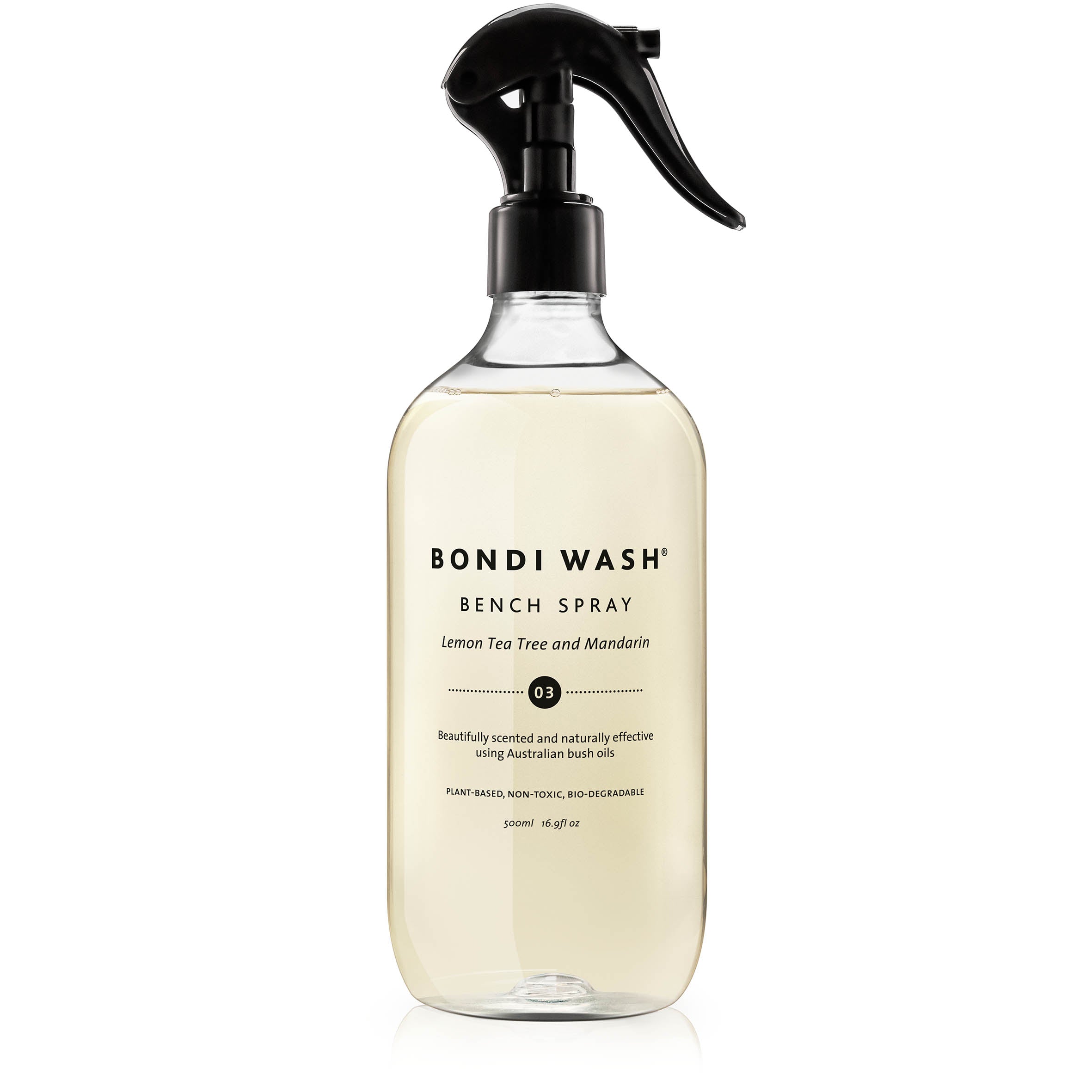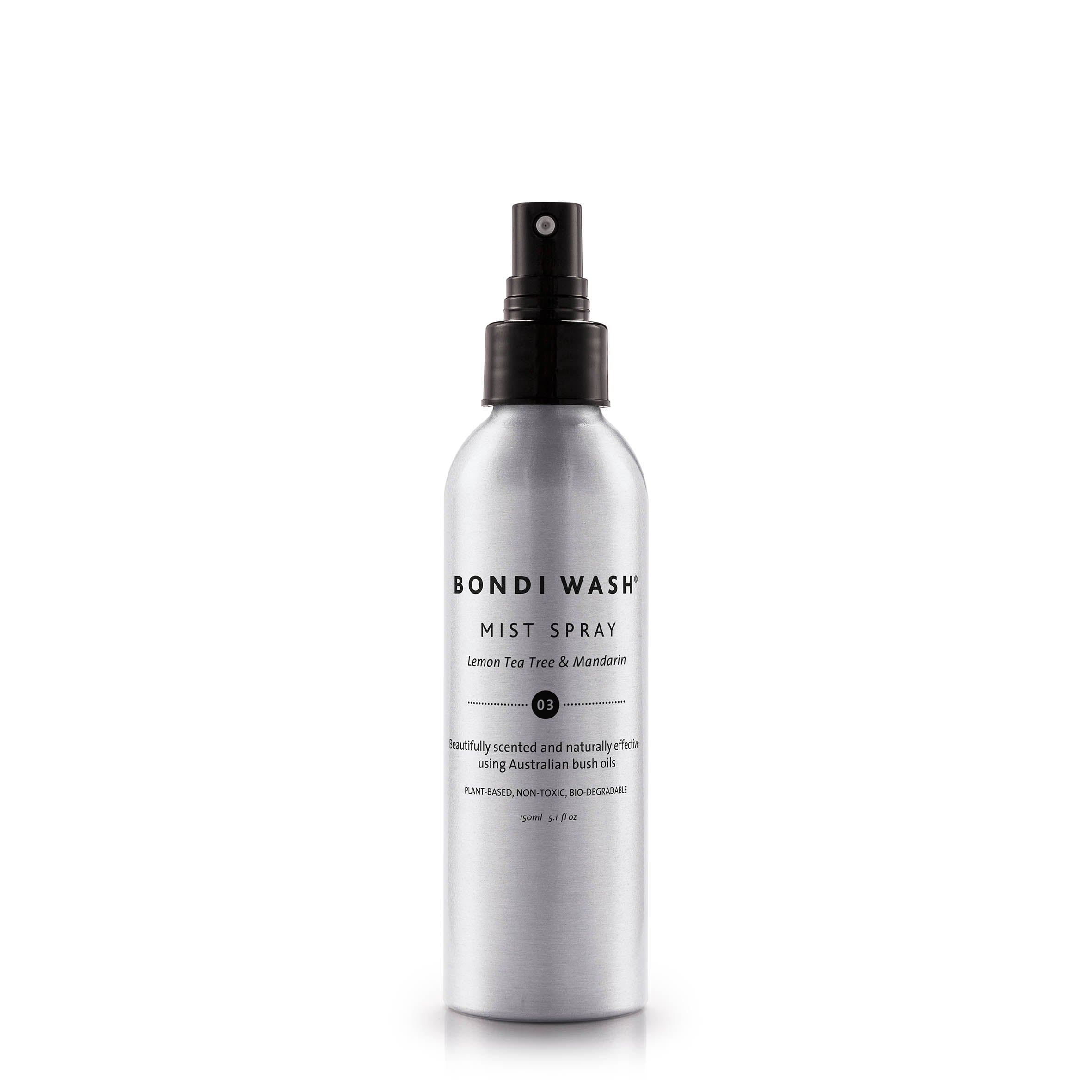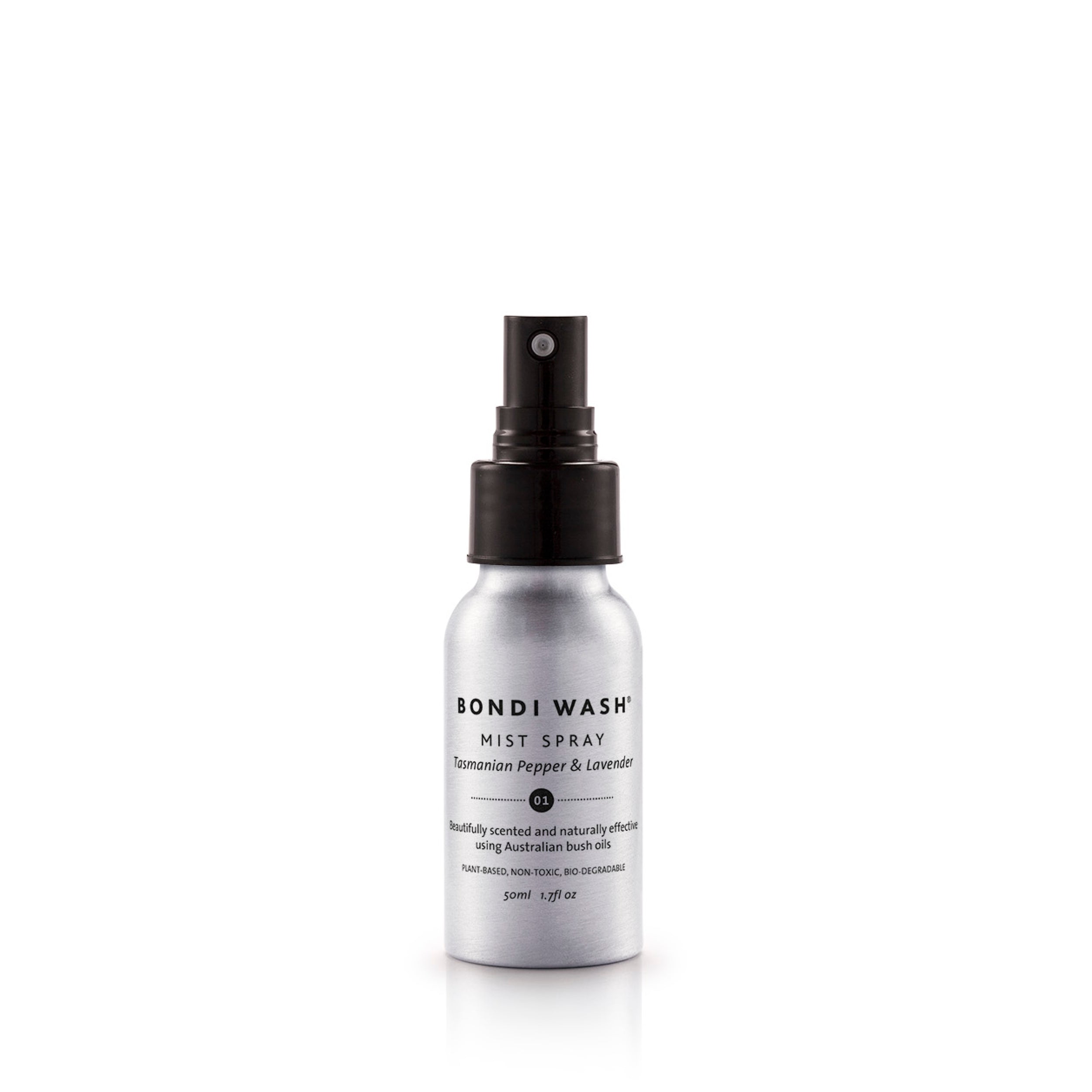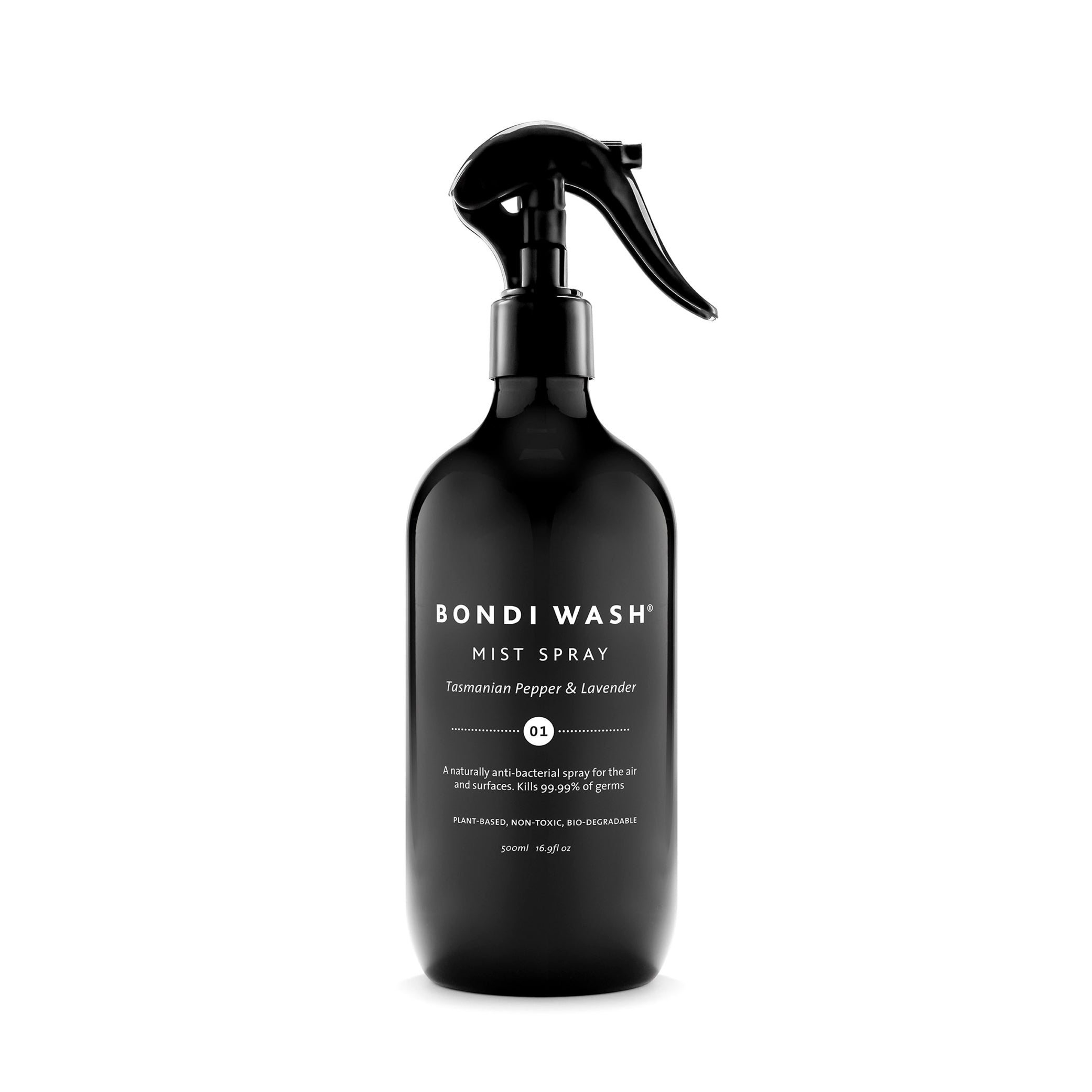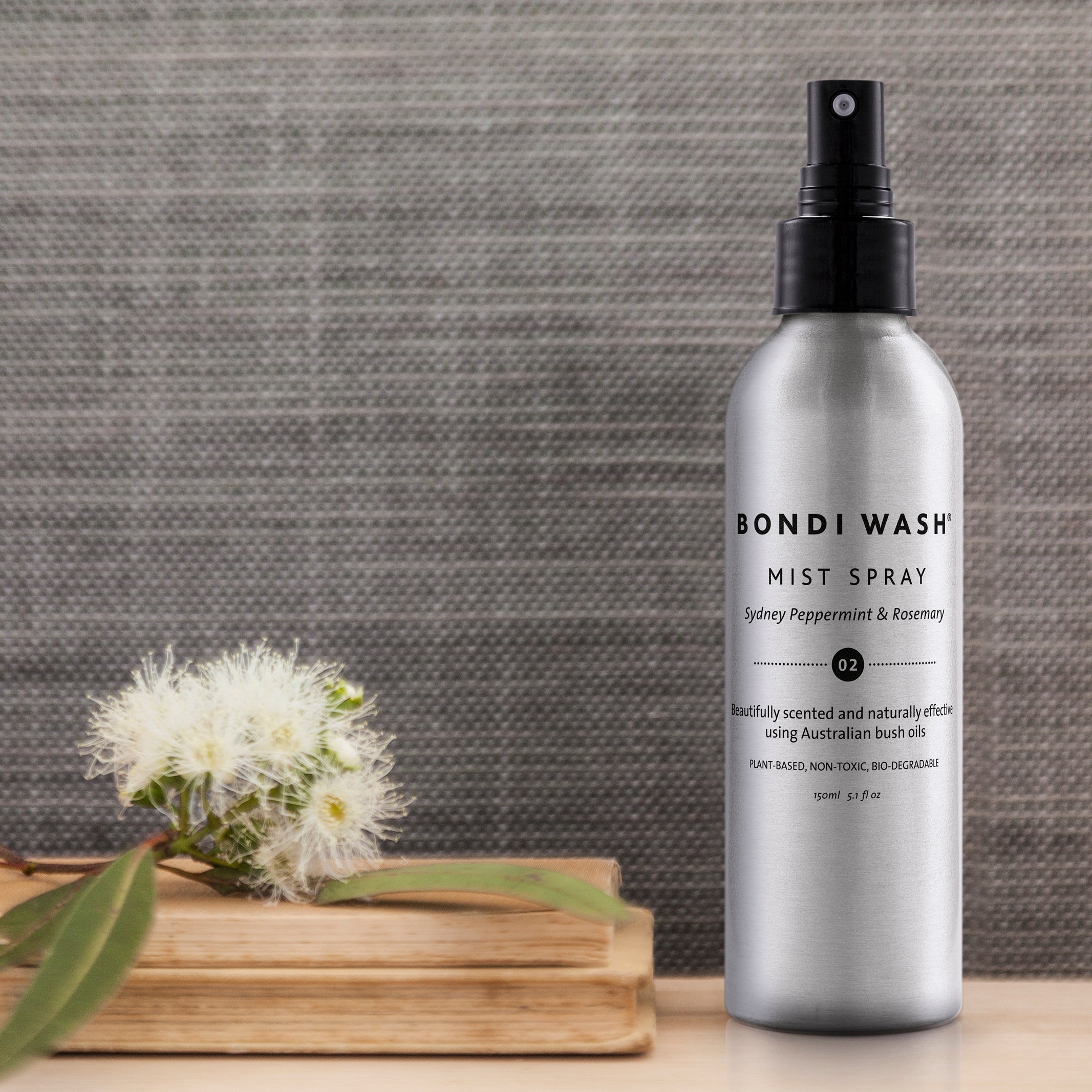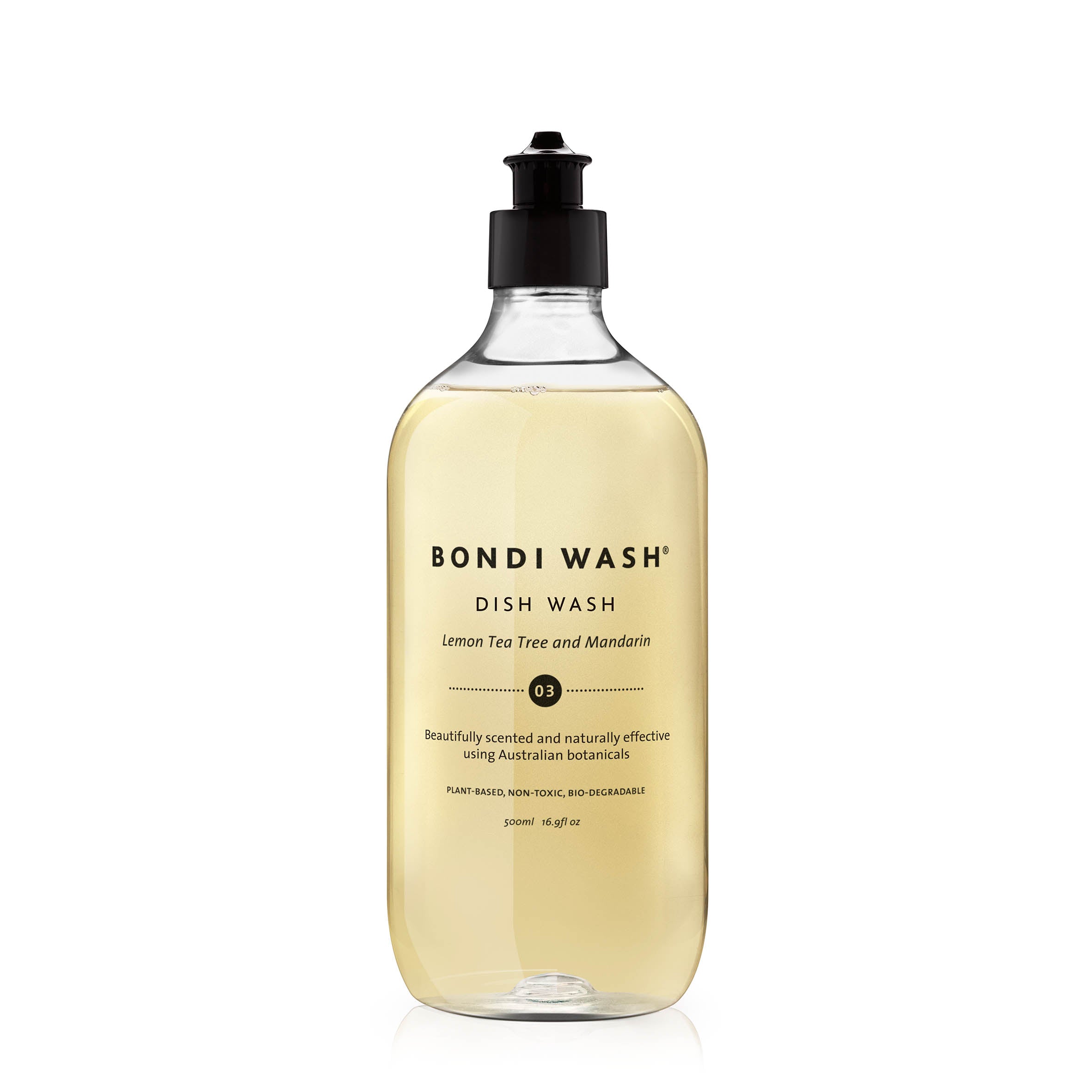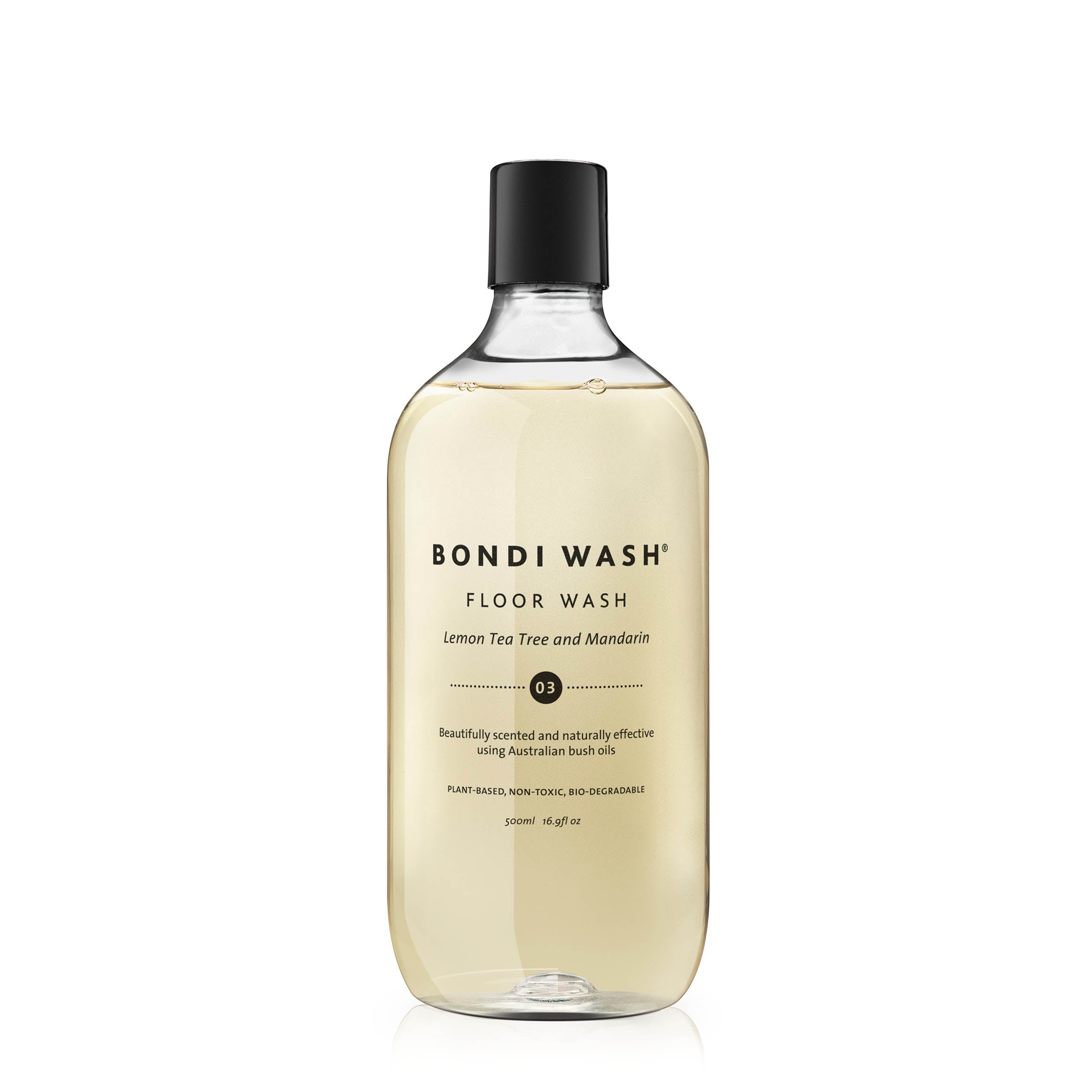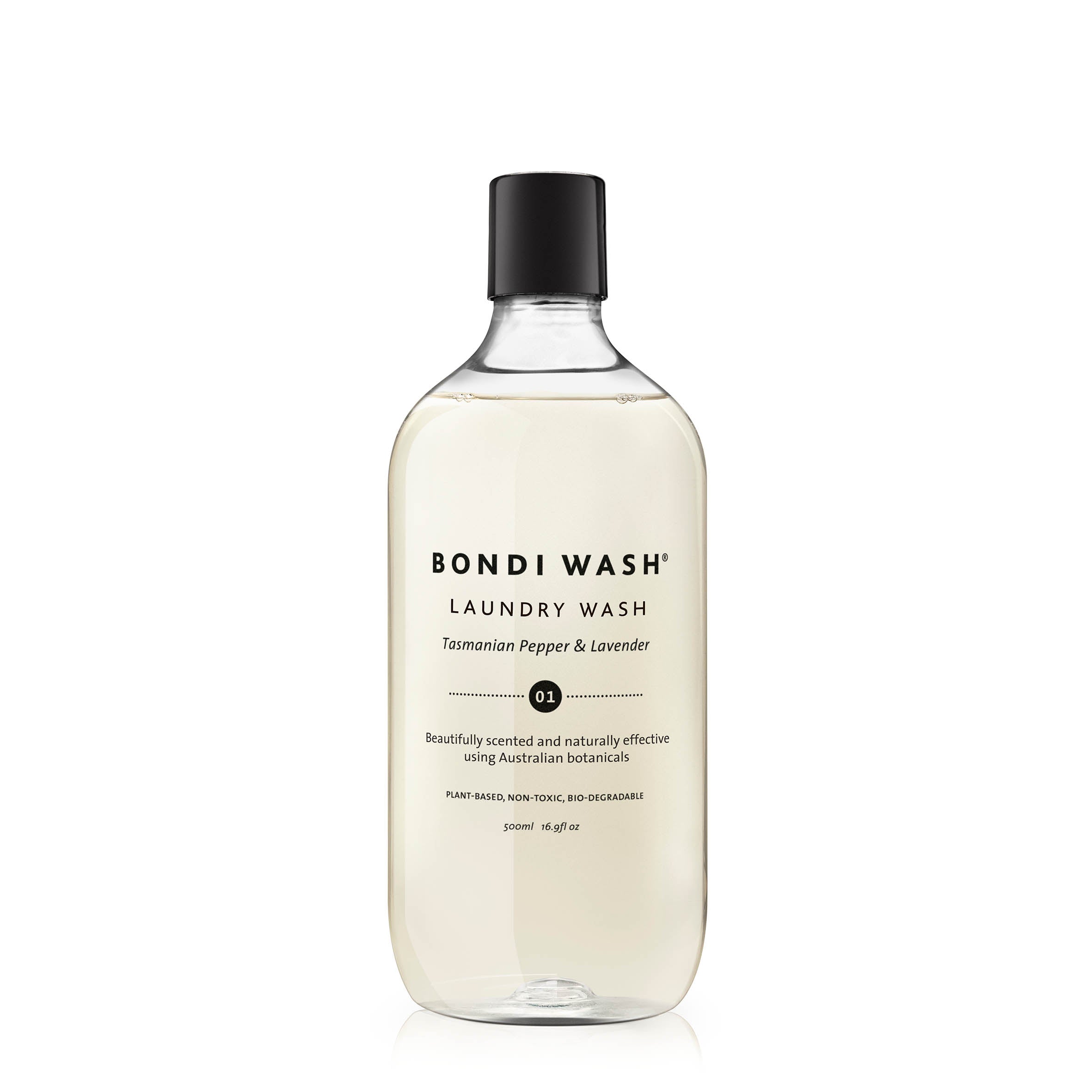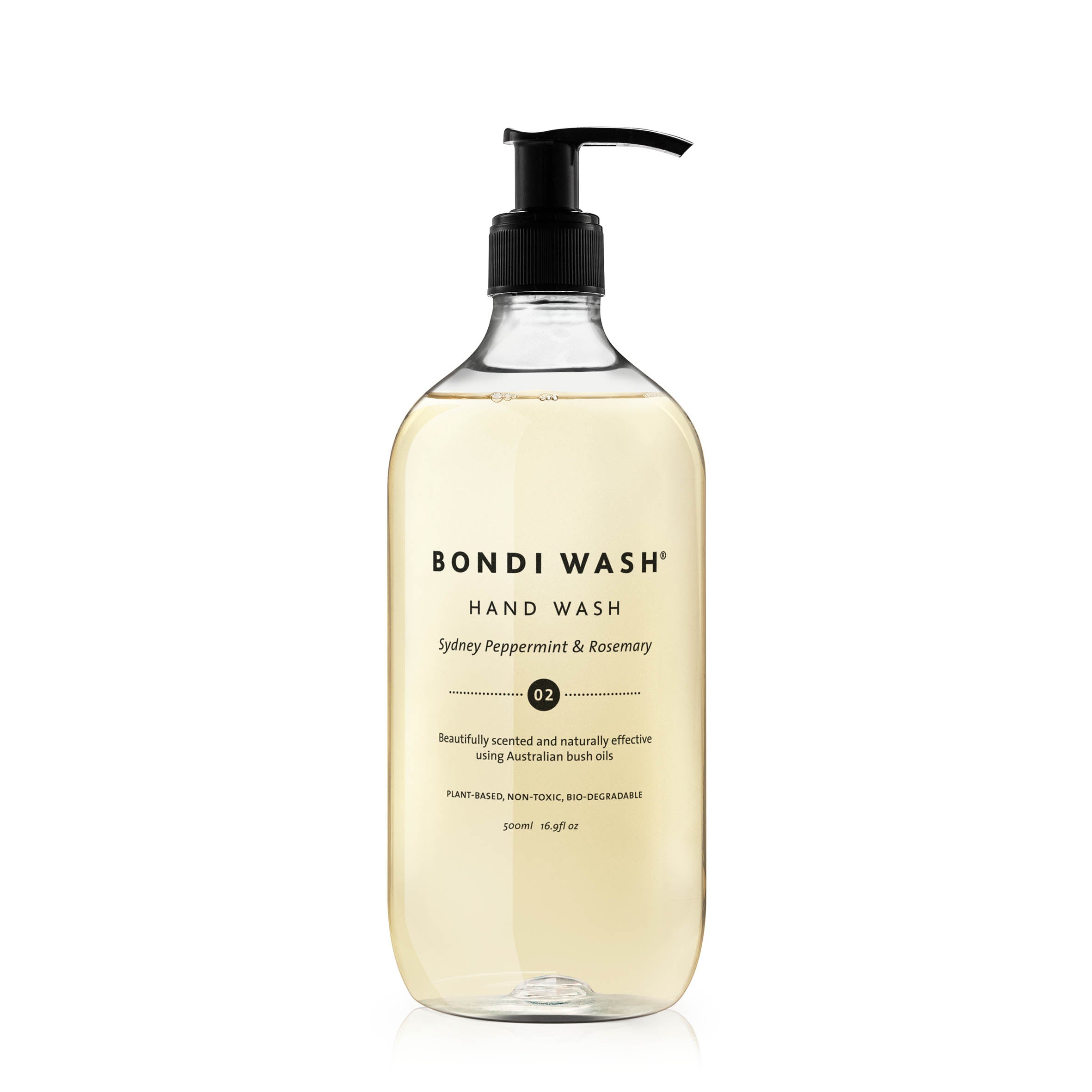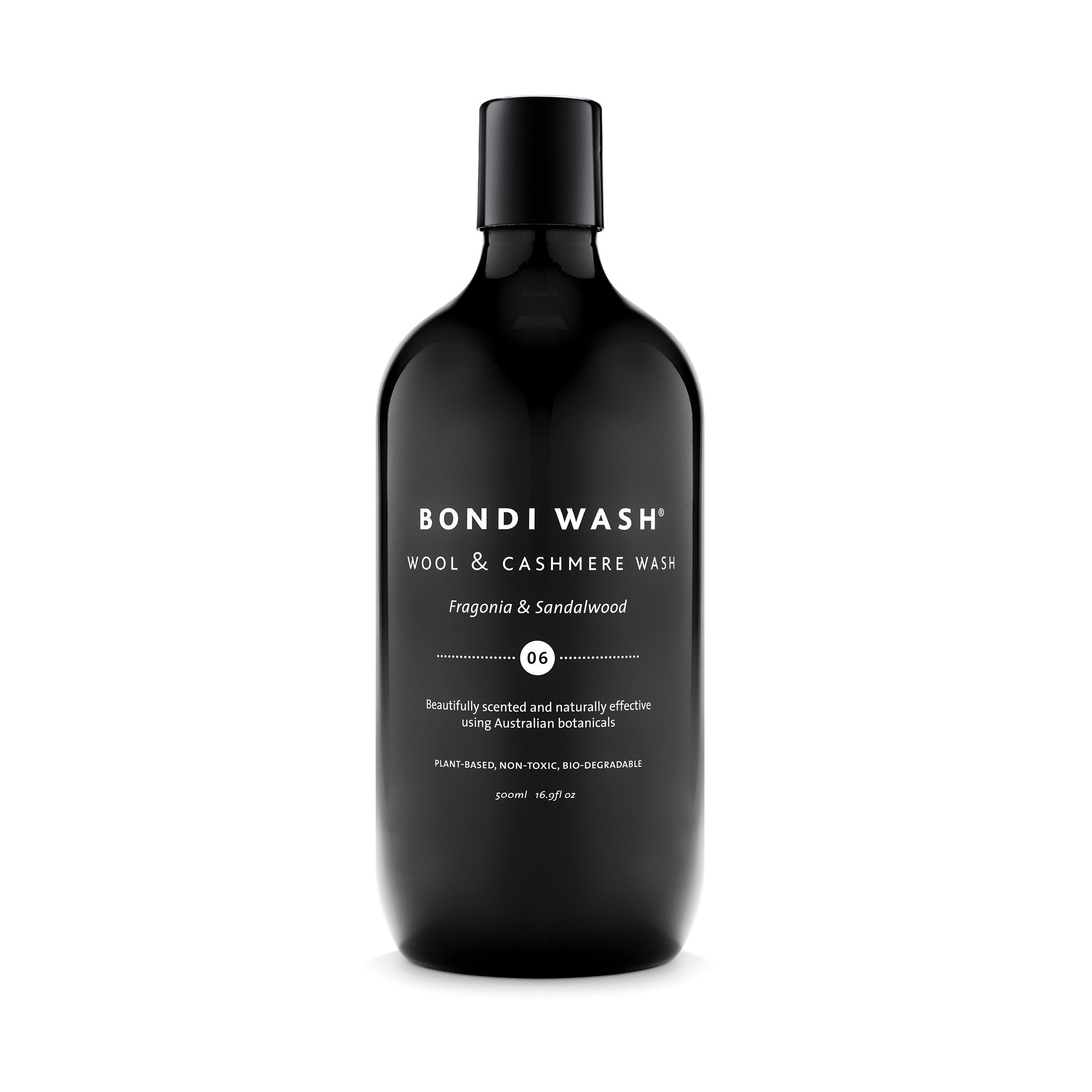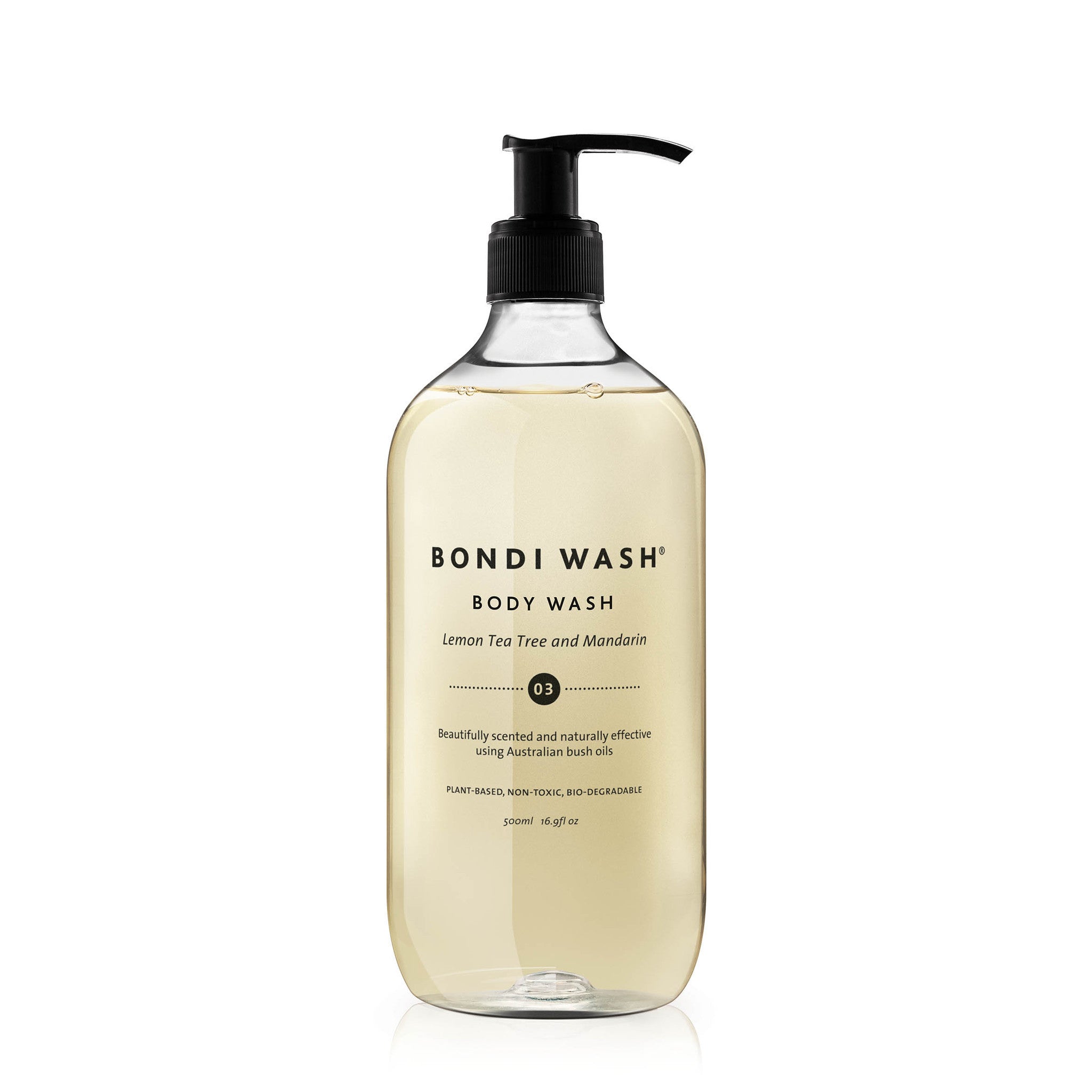We asked our chemist for a list of the worst ingredients we can find in common cleaning products and did a little research. This is what we found that's nasty and commonly in household washing products:
1. Synthetic surfactants. These can cause serious damage to the environment as they make their way down our drains into the rivers, creaks and ocean. They typically do not degrade and are toxic to marine life. They can also irritate our skin and the vapours damage our eyes and lungs. Most supermarket cleaning products contain synthetic surfactants (the plant-derived ones are typically 10 times the price or more).
2. Ethylene oxide is often used in the production of these synthetic surfactants and found in the final formulations. Ethylene oxide itself is a known carcinogen and causes blurred vision, difficulty breathing, spontaneous abortion, genetic damage, nerve damage, peripheral paralysis. Floor cleaner, disinfectants, and even pet care products have been found to contain it.
An excellent resource is the US database of chemicals which outlines toxic chemicals and gives more information on products containing it (just enter the chemical in the search function) and you will find details on its toxicity from the US National Library of Medicines
3. Chlorine/sodium hypochlorite is found in scouring powders, toilet bowl cleaners, mildew removers, laundry whiteners. The health risks from chlorine can be acute, and they can be chronic. It’s a respiratory irritant at an acute level but the longer-term effects are what people don’t realise: it may be a serious thyroid disrupter. More detail on chlorine can be found in the article here.
4. Quarternary Ammonium Compounds, or “QUATS” are found in fabric softener liquids and sheets, and many household cleaners labeled “antibacterial”. Quats are another type of antimicrobial, and thus pose the same problem as triclosan by helping breed antibiotic-resistant bacteria. They’re a skin irritant causing dermatitis. They can also be found in hair conditioners (listed as CTC).
5. Synthetic fragrances are used extensively in a wide range of products – even in seemingly natural brands. You’ll find it in the majority of personal care and household cleaning products. On average 80% of the contents of ‘fragrance’ are derived from petrochemicals. These chemicals are known to cause irritation and illness – including parabens (interferes with hormones), styrene (causes cancer) and synthetic musks (don’t degrade, stay within the human body and are potentially hazardous). While the concentrations might be low in any one product, the cumulative exposure to these chemicals is definitely not good for your skin, your health or the environment.
Ingredients are complex and there are many more than the ones we list here. If you are in doubt about a product's ingredients, contacting the manufacturer may help identify what is in their product.
Any questions please feel free to get in touch: europe@bondiwash.com.au.

